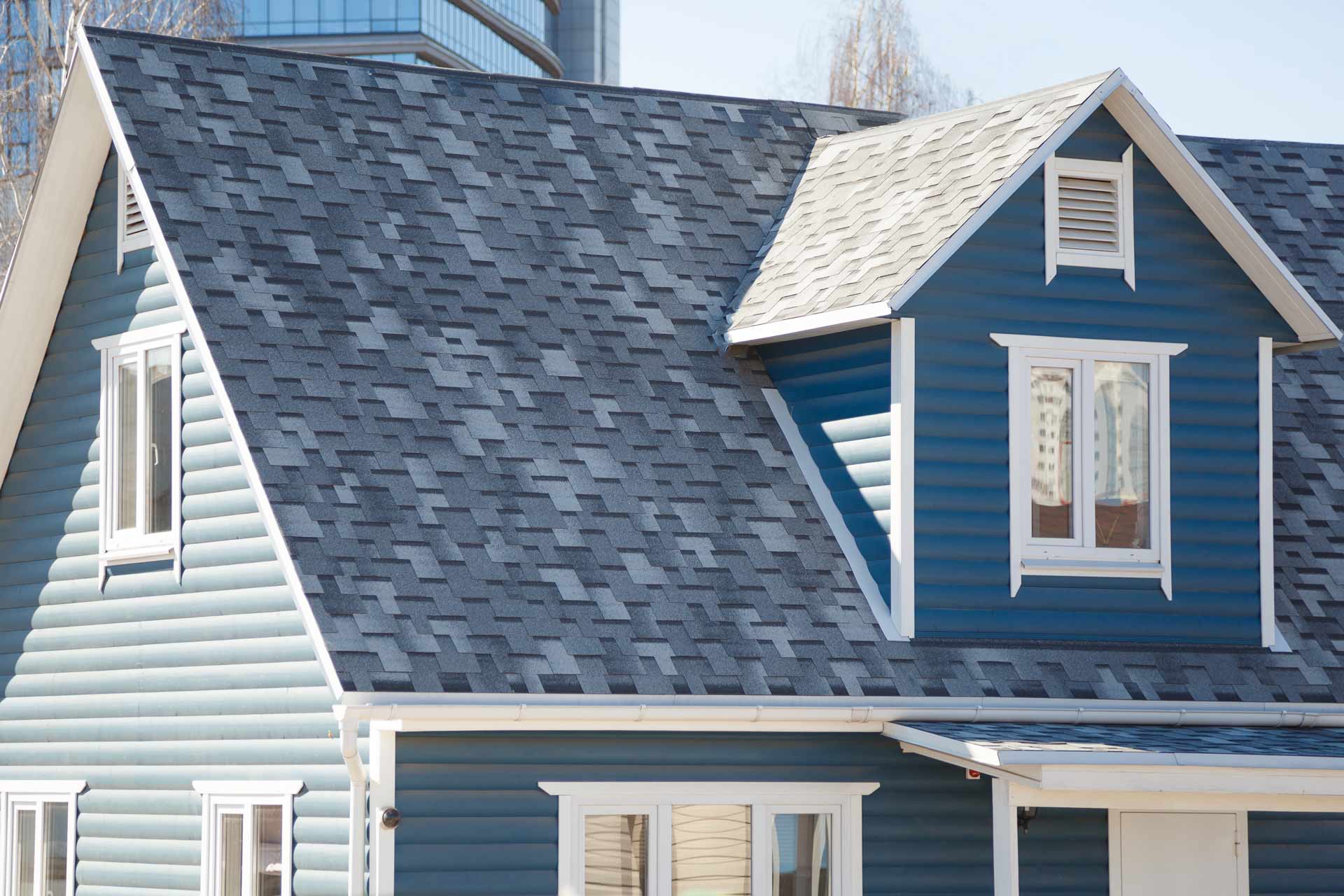
Like vinyl windows, vinyl siding has long been favored by homeowners for its aesthetics and durability. Even though vinyl siding can experience a lot of wear and tear due to the elements, it has been known to last for 50+ years with proper care and maintenance. Following the manufacturer’s maintenance directions is the best way to extend the life of your siding, but even this doesn’t ensure your siding will not face unforeseen damage. There are many reasons for why this damage can occur including excessively hot or cold temperatures and improper installation . Siding is designed to protect your home from exterior elements, when it becomes damaged it can lead to a host of issues such as allowing water, pests, and rodents to enter your home.
We asked our siding installers to share with us the most common causes of vinyl siding damage, below we highlight their top 5 responses.
Human Made Damage
Accidents can occur unexpectedly, ranging from stray balls striking your siding to accidental car collisions with your exterior walls. Human-caused damage often ranks among the more common causes of siding damage. While it’s true that not all accidents can be prevented, implementing a few precautionary measures can go a long way in safeguarding your siding from premature wear and tear.
One essential step is to maintain a safe distance between potential sources of damage and your siding. For instance, positioning your barbecue grill a few feet away from your exterior wall can help prevent accidental heat or impact-related damage. Additionally, encouraging children to play parallel to your home rather than towards it reduces the risk of wayward balls or other objects causing harm to your siding. Lastly, when parking your vehicle, make sure you leave an adequate distance between it and your wall to minimize the chance of collisions. By taking these simple precautions, you can help protect your siding from avoidable damage and extend its longevity.
High Winds and Hail
High winds pose a dual threat to your siding, potentially wreaking havoc in multiple ways. Initially, forceful winds can slip beneath your siding, exerting pressure that causes it to lift and come apart. Simultaneously, these winds can act as powerful projectiles, lifting and hurling debris directly towards your siding. The result can be a series of cracks or punctures that mar your exterior. It’s vital to recognize that these seemingly minor issues, when left unattended, can evolve into more extensive and costly problems over time.
In a similar vein, the impact of large hailstones can inflict comparable damage on your siding. While initial cracks or punctures may appear inconsequential, they can serve as entry points for moisture, pests, and further structural deterioration. To prevent these issues from escalating, it’s crucial to have a professional windows and siding contractor promptly inspect and address any cracks or punctures as soon as you detect them. Timely repairs not only protect the aesthetic integrity of your home but also ensure the long-term durability and functionality of your siding.
Excessively Hot and Cold Temperatures
The ability of vinyl siding to adapt to temperature fluctuations is undoubtedly one of its strengths. It’s designed to expand and contract with the natural changes in temperature, ensuring its longevity and structural integrity. However, when exposed to extreme temperatures, these protective measures can be tested. In scorching heat, vinyl siding may start to lose its rigidity, causing it to droop, change shape, or even melt. This not only diminishes the visual appeal of your home but also jeopardizes the protective barrier it provides. On the flip side, when temperatures plummet to excessively cold levels, vinyl siding can freeze and become brittle, increasing its susceptibility to cracks.
While vinyl siding is engineered to withstand a broad range of temperatures, extreme weather conditions can still take a toll on its performance. That’s why it’s essential for homeowners to be aware of these potential issues and take preventive measures. Maintaining proper ventilation around your siding and ensuring adequate insulation can help mitigate the impact of extreme temperatures, preserving the durability and aesthetic appeal of your vinyl siding over the long term. Regular inspections by a professional can also identify any early signs of damage, allowing for timely repairs and ensuring that your siding remains resilient, no matter what Mother Nature throws its way.
Improper Installation
Poor installation or repair is probably the number one reason for vinyl siding damage that we come across. This is why we always suggest you have a professional windows and siding contractor install or repair your siding. Siding is designed to be able to expand and contract, but when not fitted properly this reaction to the temperature will lead to damage. Proper seals and backing are also key to protecting your siding and home for years to come, when these are not installed correctly or even missed they lead to unexpected damage.
Water and Moisture
When water gets in behind your siding, it can lead to home damage and can lead to your siding warping or buckling. This issue is usually a direct result of poor installation or damage to your siding. Properly installed siding that is in good condition will repel any water and prevent it from getting in behind the siding. If not sealed properly, or if there are cracks or holes, this offers an opportunity for water and moisture to penetrate behind your siding, leaving your home vulnerable to damage.
The above are just some of the more common issues that can lead to vinyl siding damage. We recommend you perform regular inspections of your siding so that you can catch any potential issues early and prevent serious damage to your home. Maintenance and cleaning are key for extending the lifespan of your vinyl siding. If you have any questions regarding your current vinyl siding or are looking to install new vinyl siding on your home, contact your local professional siding installation contractor.
